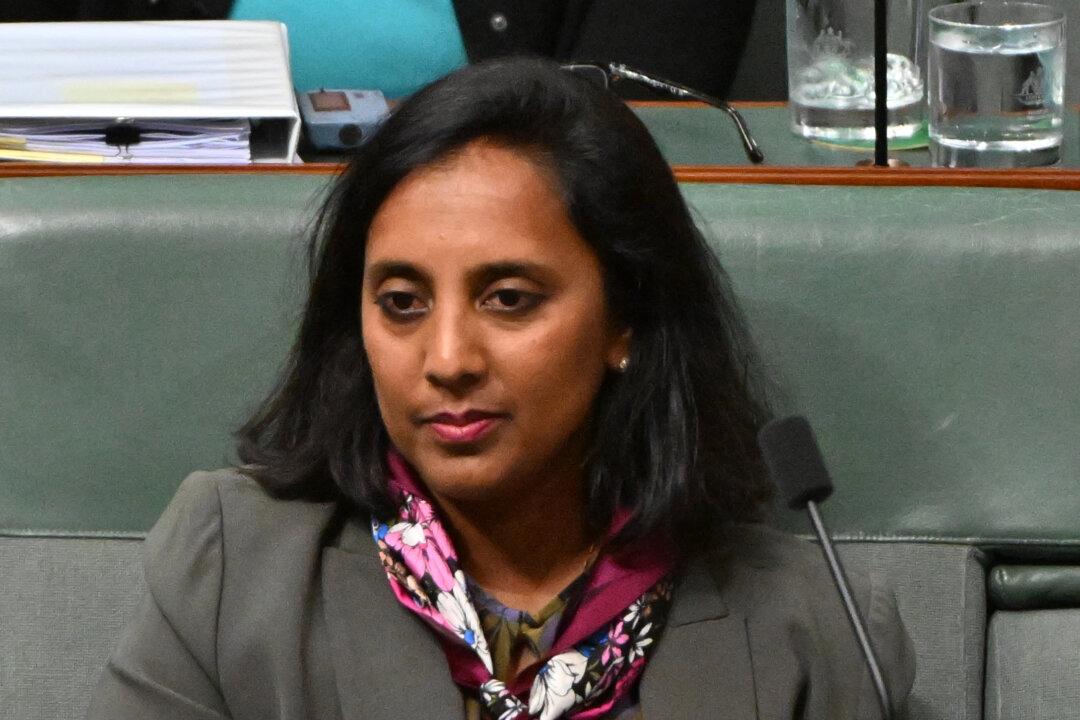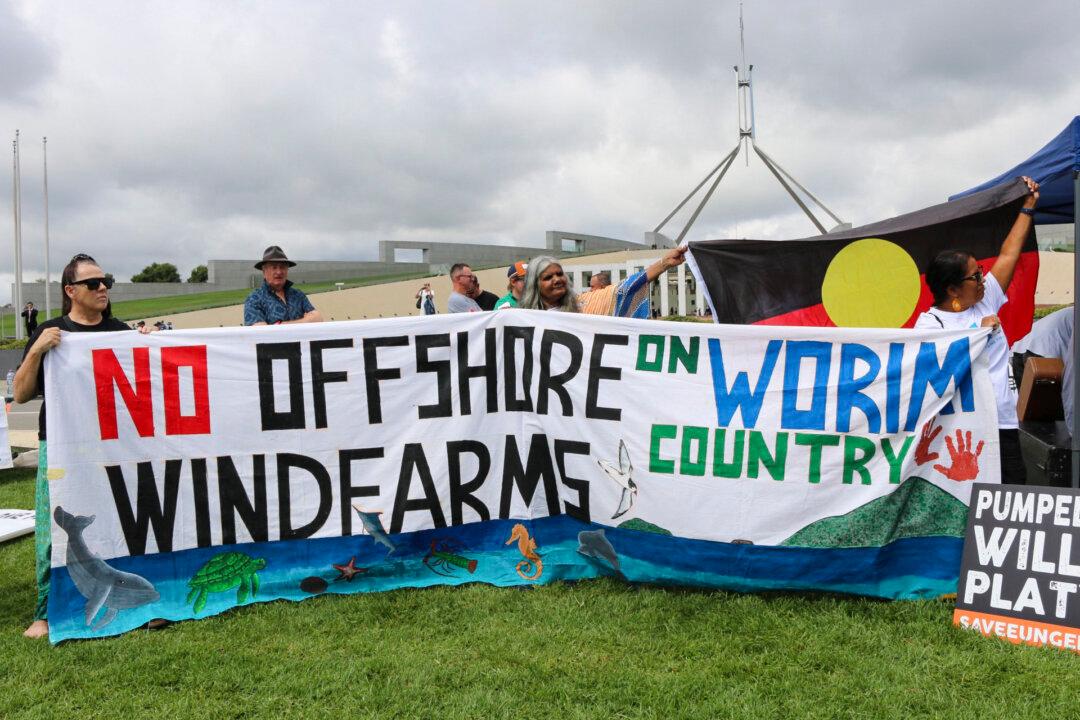Over a quarter of residential properties purchased in Australia’s eastern states in 2022 were mortgage-free, indicating that a significant portion of the population was not affected by interest rate hikes.
Property data firm PEXA has released a report that analyses residential property purchases in the states of New South Wales (NSW), Victoria and Queensland between January 2019 and March 2023.





